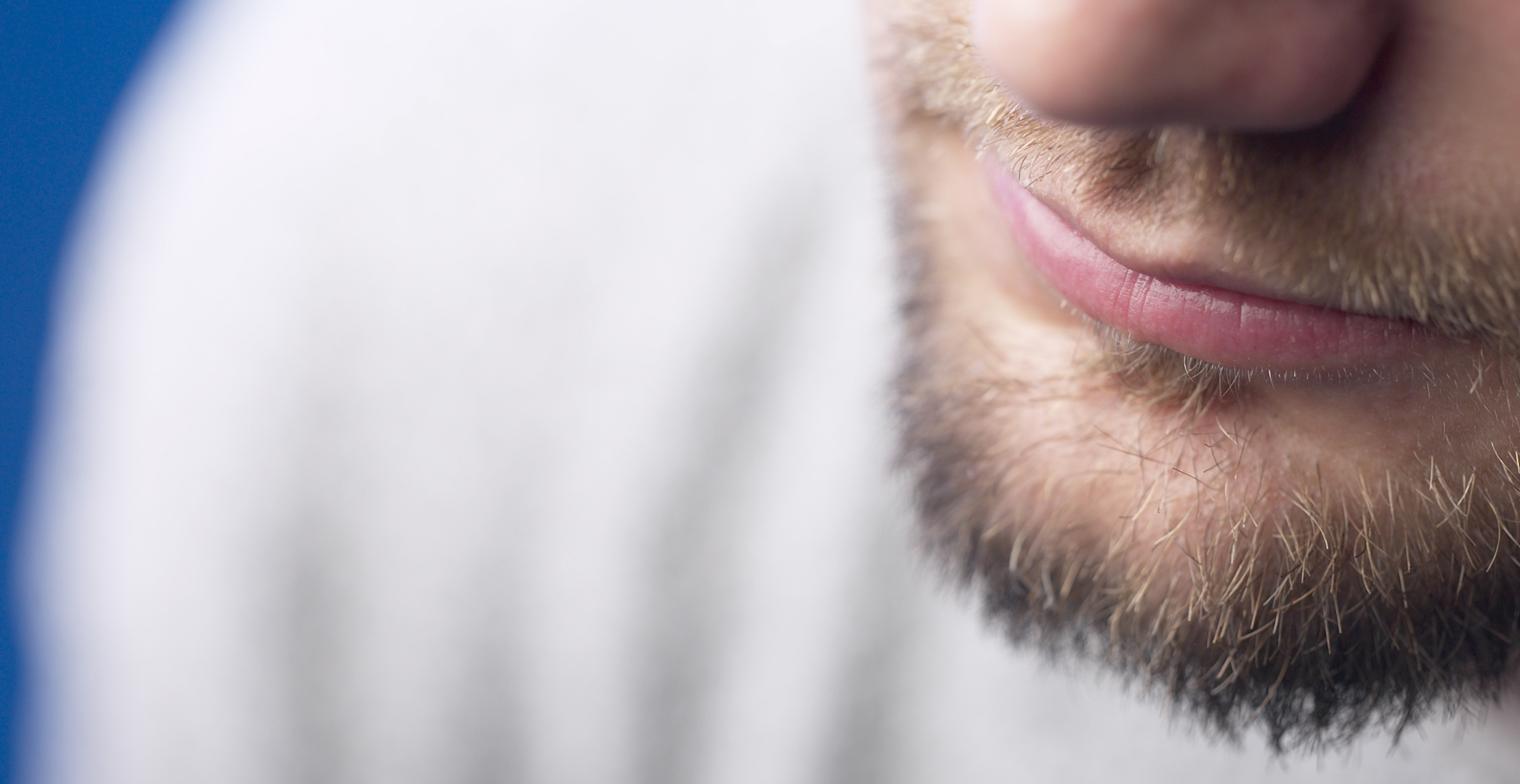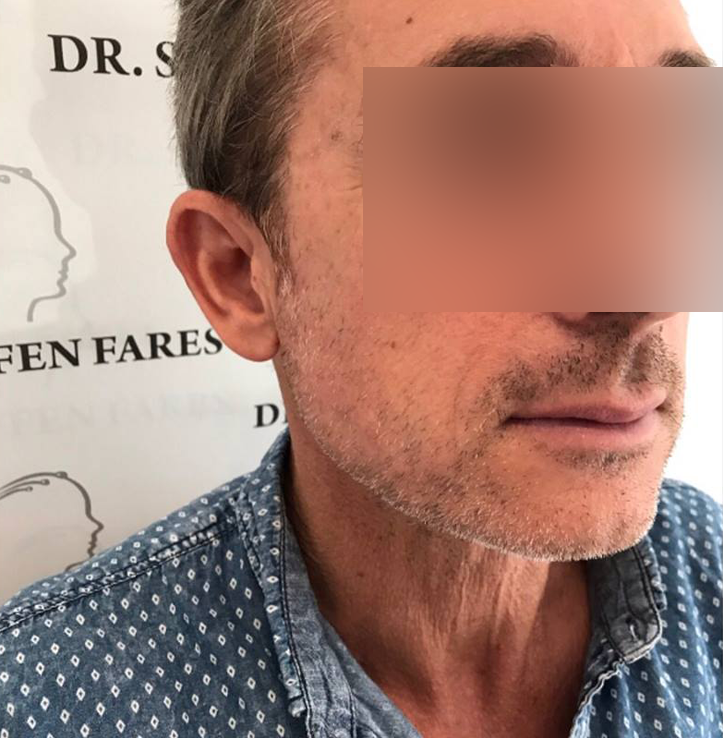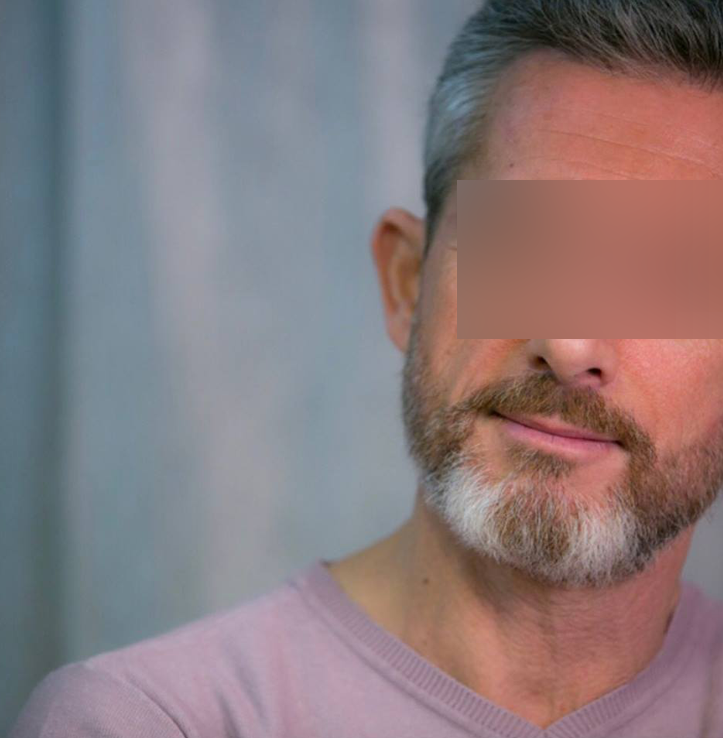Almost half of men’s beards are neither complete nor equal. In many cases, beards show bald areas, are sparse or completely absent with no moustache. Beard transplant is a solution to this problem, it allows to overcome the lack of hair in certain areas of the beard and to improve the shape of the beard. The loss and localized lack of facial hair is quickly noticed when the hair grows, which is often an aesthetical issue for men who want to wear the beard. Beard transplant allows patients to create/complete their beard, their sideburns as well as their moustache for a more masculine appearance.

Beard and mustache transplant
Learn more
Entrust your hair transplant to an experienced FUE specialist to benefit from a perfectly natural result with no scars.
What happens during FUE beard transplant
Hair preparation
The donor area is washed and shaved, usually on the sides or back of the head from ear to ear. Local anaesthesia is administered to avoid any pain or discomfort to the patient. The extraction of follicular units is then used to carry out the transplant: a micro-punch will initially be used to extract the grafts.
Follicular Unit Extraction
Follicular units are extracted using a micro-punch (a little less than a millimetre in diameter) and then sorted according to the number of hairs they contain. The hair extraction stage of the procedure lasts one to three hours depending on the number of grafts to be transplanted.
Follicular unit implantation
The edges of the beard are drawn in cases where the beard has to be extended or entirely created. The grafts are implanted with an implanter pen to reproduce the natural pattern of the beard, its density and the angle of hair growth. The graft implantation stage of the procedure is one to three hours long.
Seek medical advice from a hair transplant expert and get your
free diagnosis / quote
FAQ
When can we judge the result of a beard transplant ?
Important information about beard, moustache and sideburns transplant

 Phone / WhatsApp :
Phone / WhatsApp : 







